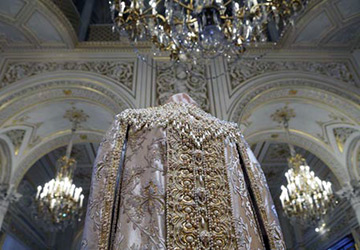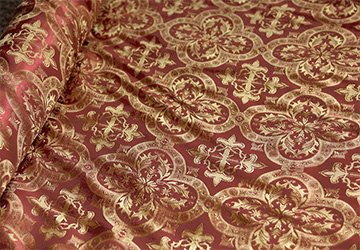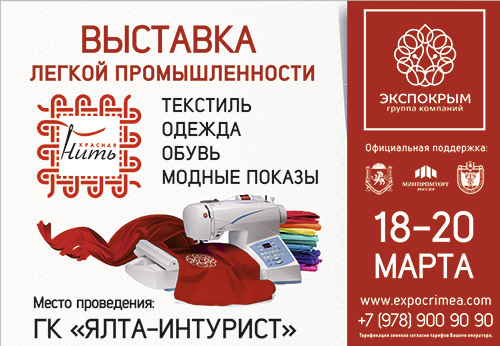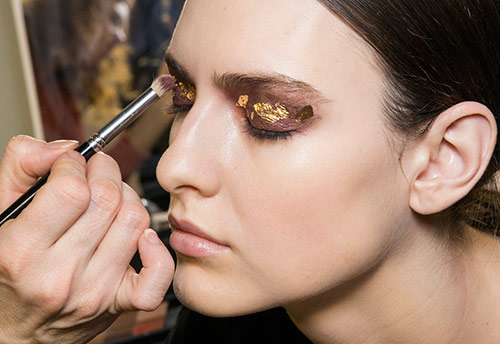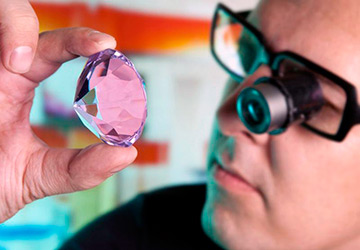Art
Gold embroidery in the city of Torzhok
Gold embroidery is one of the most wonderful Russian crafts. It began to develop from the 10th century, from the time of the adoption of Christianity in Russia.
Magnificent, embroidered with gold, ornaments in temples: curtains, banners, covers, embroidered icons, precious vestments of priests; princely and boyar clothes, brocade fabricsembroidered with patterns - all this amazed foreign guests with its beauty and luxury. The glitter and shine of gold, the play of precious stones and pearl lowing turned the surrounding reality into a mysterious world, into a dazzling spectacle.
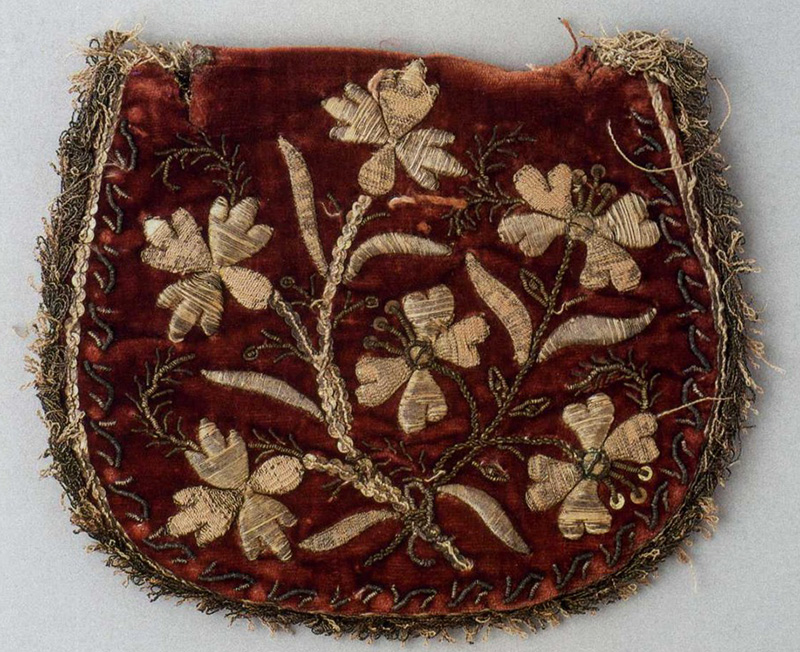
It turns out to be not easy to embroider with a golden thread, it is a wasteful business. By the word "gimmick" we always mean something long and sometimes tedious. And in the old days, a gimp is a thread prepared in a special way, that is, a gold or silver thinnest wire was wound with a spiral on a thin silk thread. The occupation is not easy and painstaking.
A twisted thread is not only more beautiful than a simple thread, but also holds on to the fabric more firmly. The gold thread itself is fragile and capricious, it is almost impossible to pull a gold thread through the fabric - it breaks easily. Therefore, in order to decorate the embroidery with gold thread, it is sewn with small stitches on the front side or twisted into a gimp.
In the first case, a gold thread, tightly wound on silk, was laid in rows on the surface of the pattern, and then attached with a linen thread, which was called a thread - attach. This thread stood out beautifully against a gold and silver background, if it was colored, it resembled enamel jewelry. The gimp was used not only for embroidery; laces, loops, necklaces, button wrapping, etc. were made from it. Fabrics, tassels were woven of gold, braid was woven.
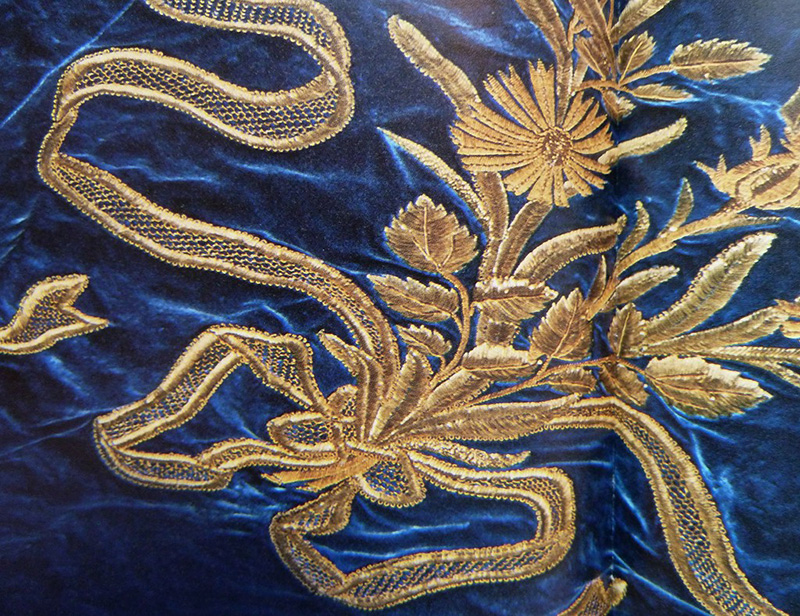
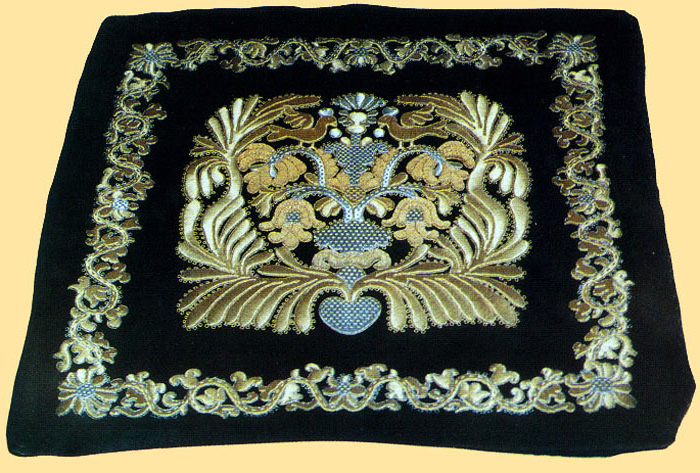
Satin, velvet, leather, silk were decorated with gold. Household items were also decorated with gold embroidery: towels, scarves, tablecloths and horse decorations. The sewing patterns depicted birds, leopards, falconry scenes, and plant motifs. Very often, craftswomen imitated gold fabrics brought from overseas countries. They could reproduce not only patterns, but also the texture of fabrics.
If in Russia there were no some types of needlework, then once seeing them, Russian craftswomen could bring them to perfection, which was not there before. This is how Russian art and craftsmanship was born. Russian folk art contained the ideas of goodness, light and spring.
In Russia, gold embroidery was an exclusively female business, which was practiced in many parts of the vast country - both in boyar houses and in peasant huts, and at the head of these activities was the hostess of the house, who embroidered herself. They also loved gold embroidery in monasteries. Higher-ranking persons of the princely and royal family were also engaged in needlework: Efrosinya Staritskaya, exiled by Ivan the Terrible to a monastery, the wife and daughter of Boris Godunov - Irina and Ksenia.
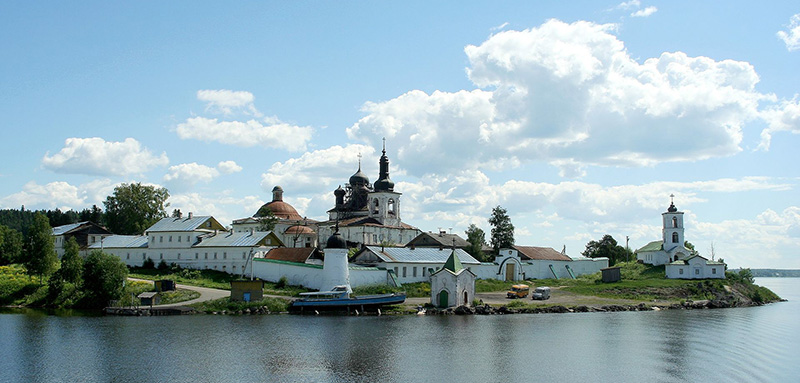
Products on the Orthodox theme were often made with gold embroidery. They loved embroidery, lace-making, and pearl lowering in Russia, women always prayed for this occupation - one reads the "Lives of the Saints" or the Scriptures of the Holy Fathers of the Church, while others, listening to her, weave, embroider, knit. Russian women knew how to spin, weave, sew, embroider. Foreigners who came to Russia have always noted the special gift of a Russian woman in these matters. Gold seamstresses have created beautiful pieces embroidered with gold and silk.
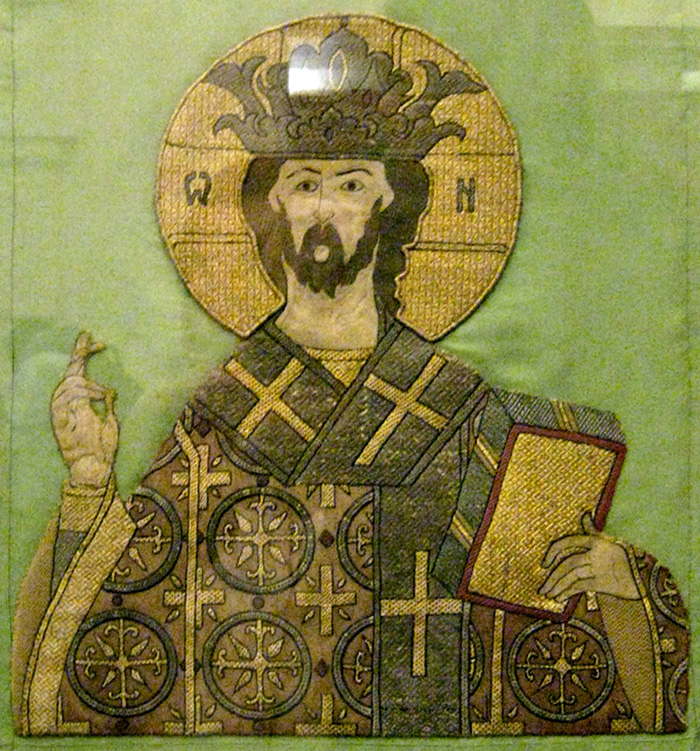
We can see the splendor of gold embroidery in the Moscow Kremlin, Trinity-Sergius Lavra, Novodevichy and other Russian monasteries.
In earlier times, they embroidered with real, gold thread. Then they began to imitate the effect of gold, and sewing began to be called not "gold", but "gold".
By the beginning of the 19th century, metal thread embroidery was gradually disappearing, leaving only on ceremonial courtiers and military uniforms.
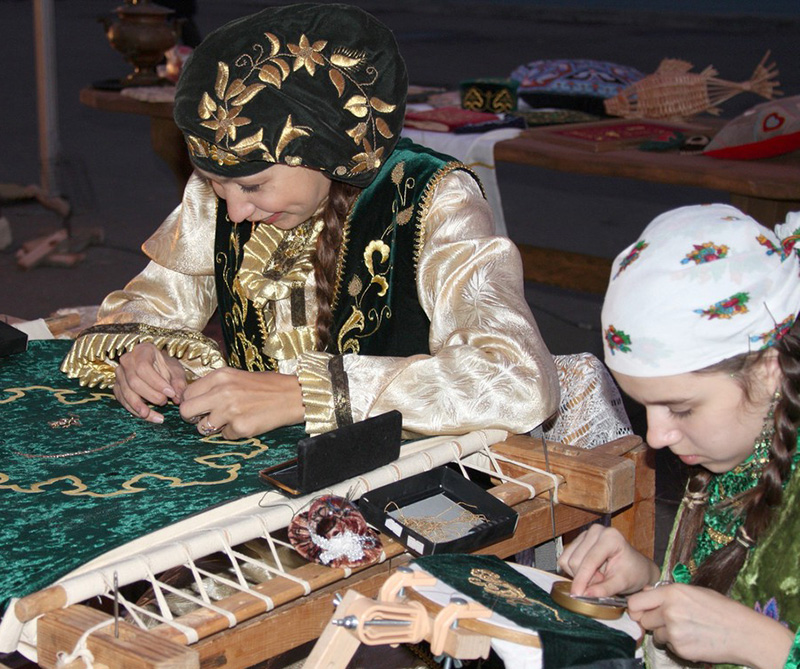
Torzhok - an old town where Russian gold embroidery was born in the 13th century, remained, one might say, the only place in Russia where this skill has been preserved. Skillful hands of Russian craftswomen have created unique pieces that are distinguished by high technique and decorativeness. Icons, church vestments and utensils are embroidered in Torzhok.
The ancient Russian city remains the pride of Russia to this day. At the Torzhok Gold Embroidery Factory, the range of products has significantly increased and is periodically updated.
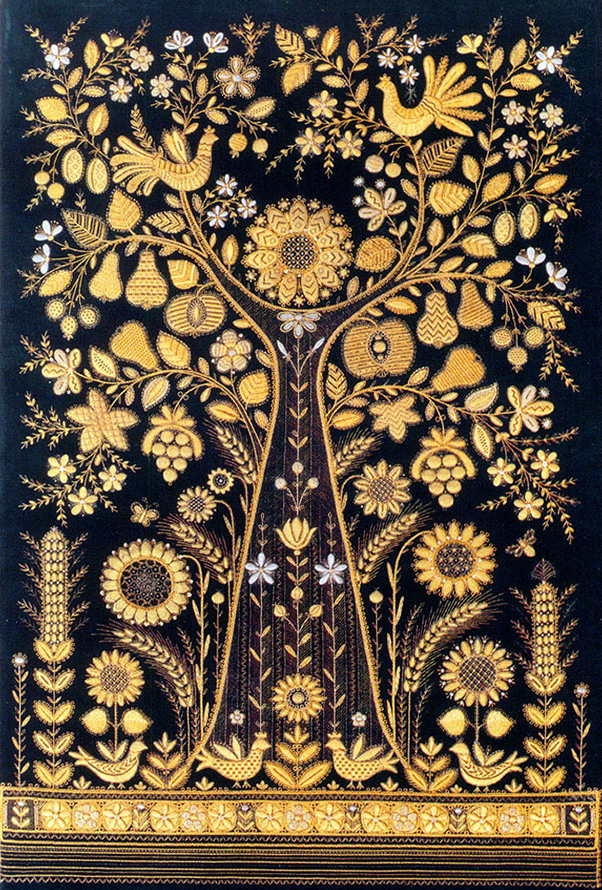
Products embroidered with gold and silver are the best gift that will be appreciated by lovers of refinement, beauty and luxury. Various handbags, cosmetic bags, eyeglasses, paintings, scarves, panels depicting golden-domed churches, icons and other types of products will certainly delight you.
The factory embroiders cushions, tablecloths, ornaments (earrings, brooches, pendants, hairpins), and also carries out individual orders. The golden hands of the craftswomen embroider modern clothes, accessories, interior items and notebooks, boxes and various emblems with gold threads, and all this fits perfectly into the modern lifestyle. Therefore, the new trade mark from the "Torzhok Gold Embroiderers" "TiZetta" is a very popular company among the younger generation.
The craftswomen of the Torzhok gold embroidery factory decorated the Georgievsky Hall in the Kremlin, the Andreevsky Hall of the Grand Kremlin Palace, the Konstantinovsky Palace. For the Norilsk cadet corps, a banner with the Russian coat of arms and the icon "Nicholas the Wonderworker" was made.
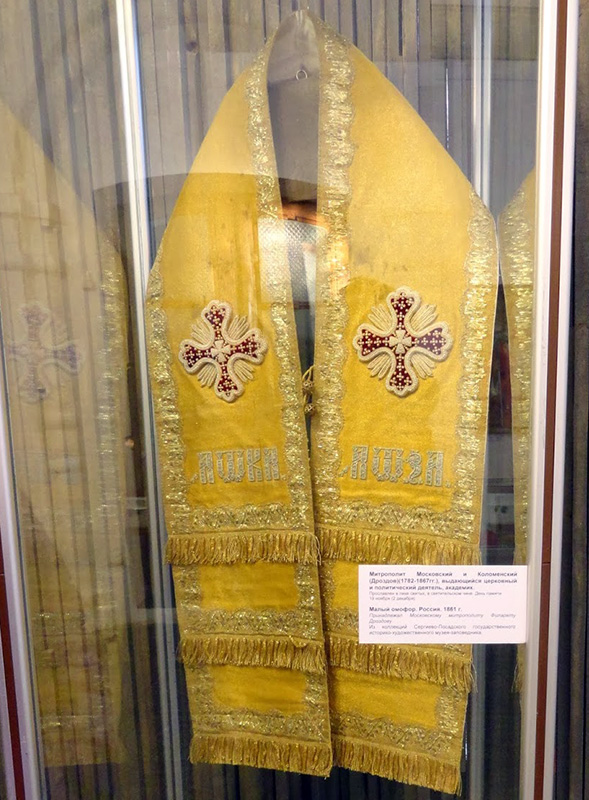
Russian gold sewing is distinguished by the perfection of compositions, all patterns are proportional to each other, a certain inner rhythm is felt in them, and even a surface free from sewing is of an ornamental character. Not everyone could become a master of gold embroidery. All Russian craftswomen were truly artists, because the soul of a Russian person has always strived for beauty, and "beauty is the way of existence of a Russian person."
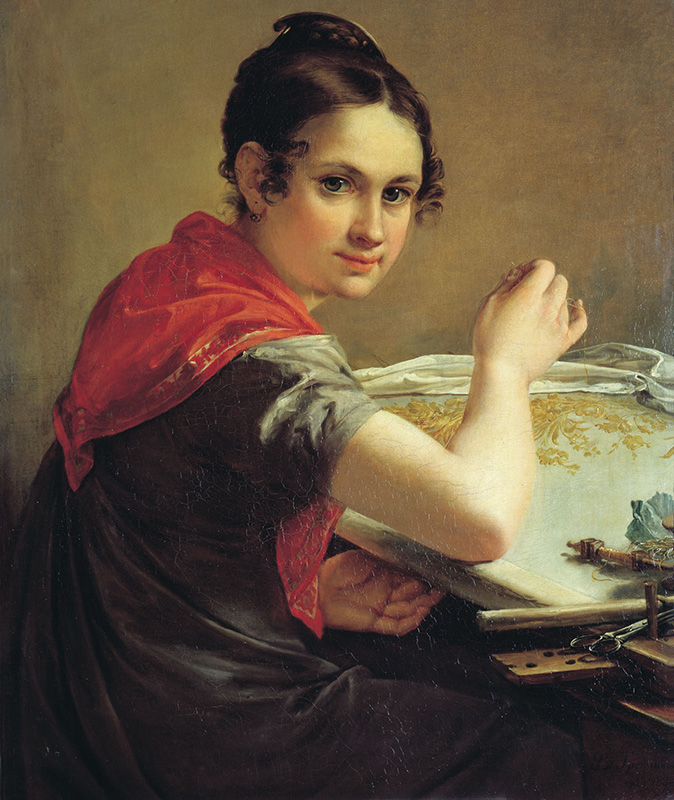
Comments and Reviews
Add a comment
Similar materials
Rating news
Shades of clothing that make women look younger
What shades of hair make women younger: rules and photos
Funny wedding dresses - photos and ideas
12 most expensive down jackets for the winter
How to look 25 at 40: tips from supermodels
Beautiful schoolgirls
Anti-aging haircuts and hairstyles for women
Fashionable skirts for autumn and winter
Fashionable women's trousers for the cold season
Fashionable and stylish sandals for summer 2024
Spring-summer 2024
 Fashionable dresses and tops with thin spaghetti straps
Fashionable dresses and tops with thin spaghetti straps
 Bandana tops: how to wear stylishly and beautifully
Bandana tops: how to wear stylishly and beautifully
 How to put together the perfect men's wardrobe for the summer
How to put together the perfect men's wardrobe for the summer
 Trendy shorts for spring-summer 2024
Trendy shorts for spring-summer 2024
 Fashionable skirts for spring-summer 2024: a guide to online shopping
Fashionable skirts for spring-summer 2024: a guide to online shopping
 The most fashionable dresses spring-summer 2024: styles and colors
The most fashionable dresses spring-summer 2024: styles and colors
 Fashionable total look 2024: image ideas and trends
Fashionable total look 2024: image ideas and trends
